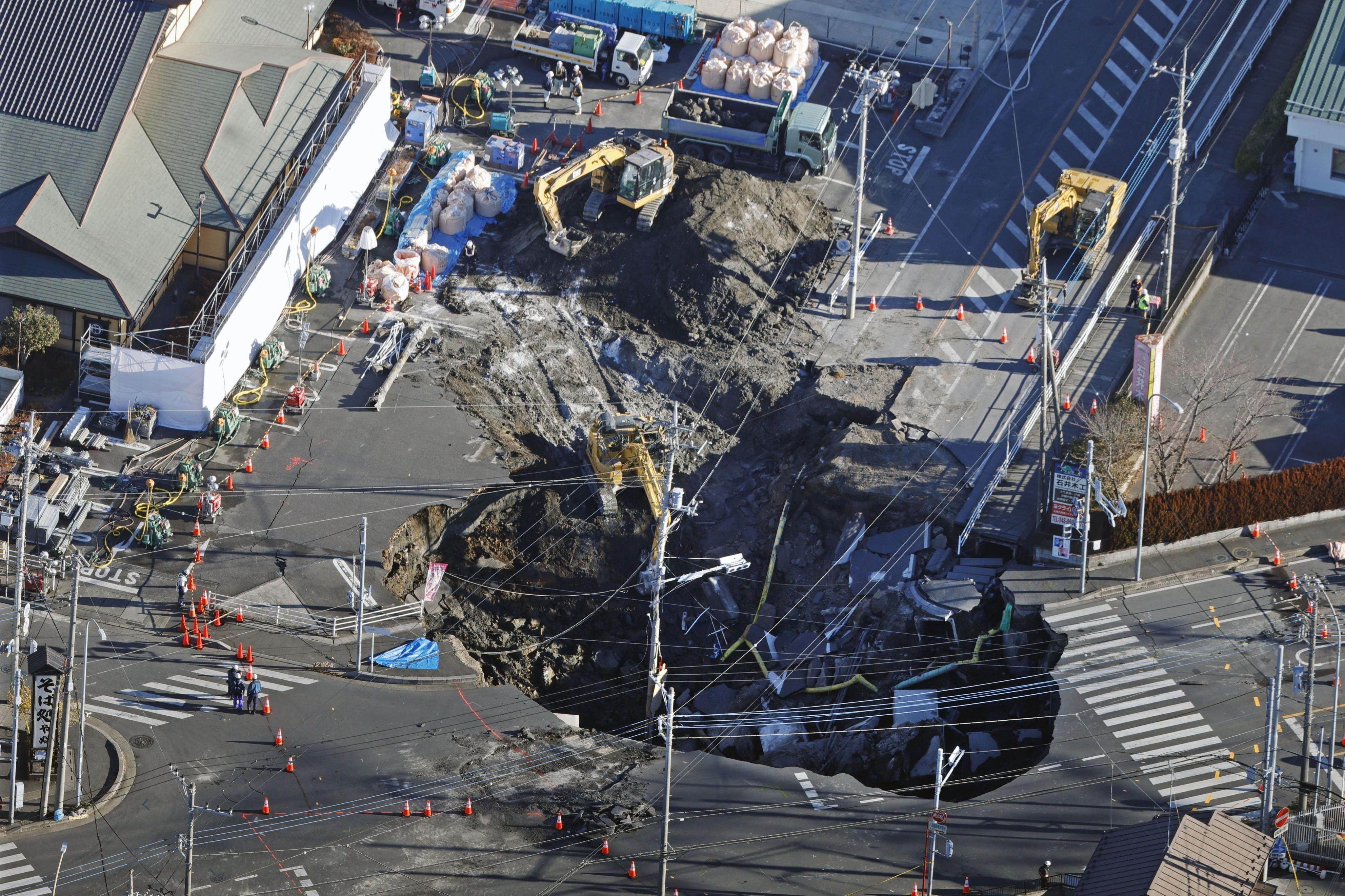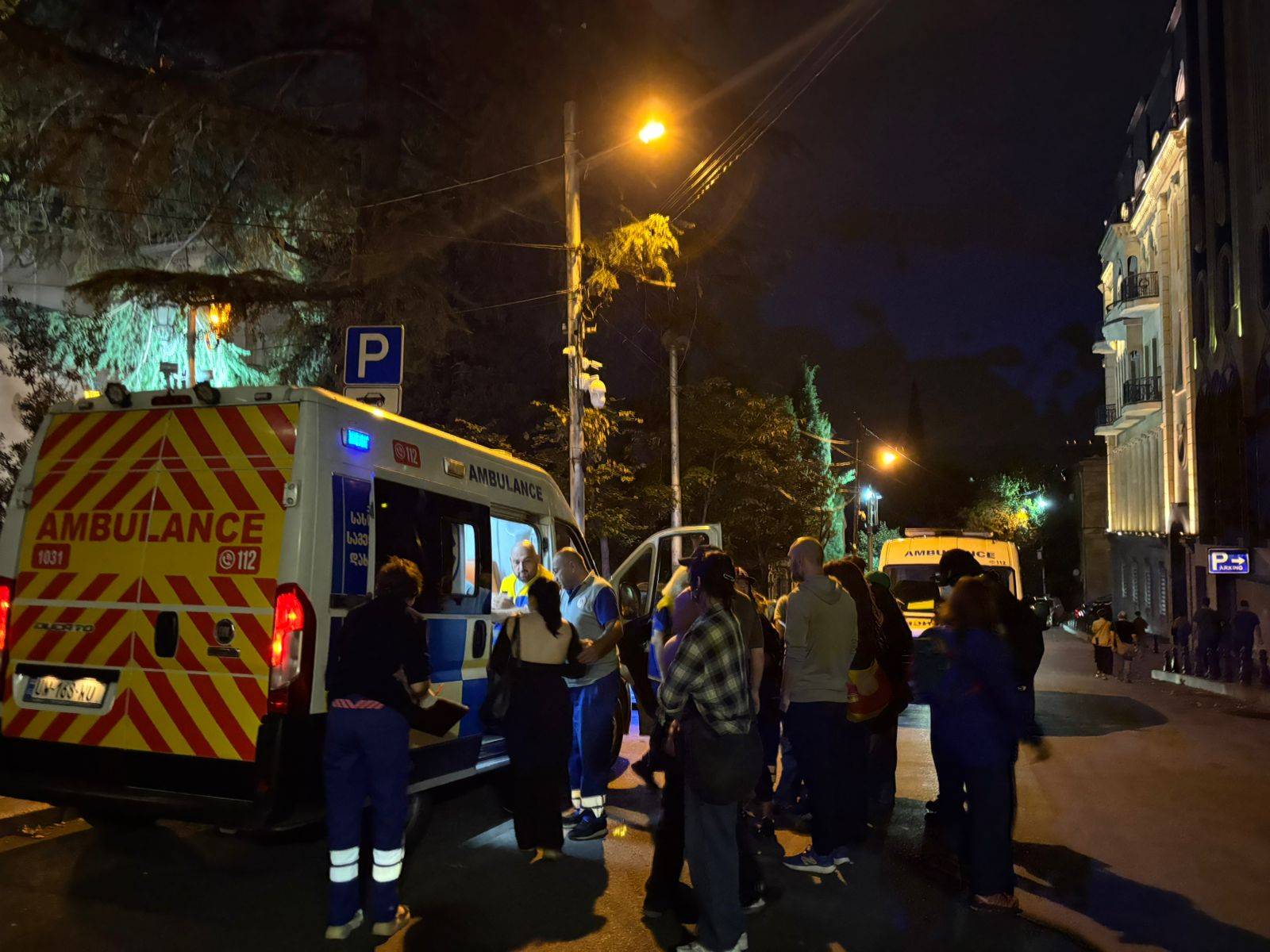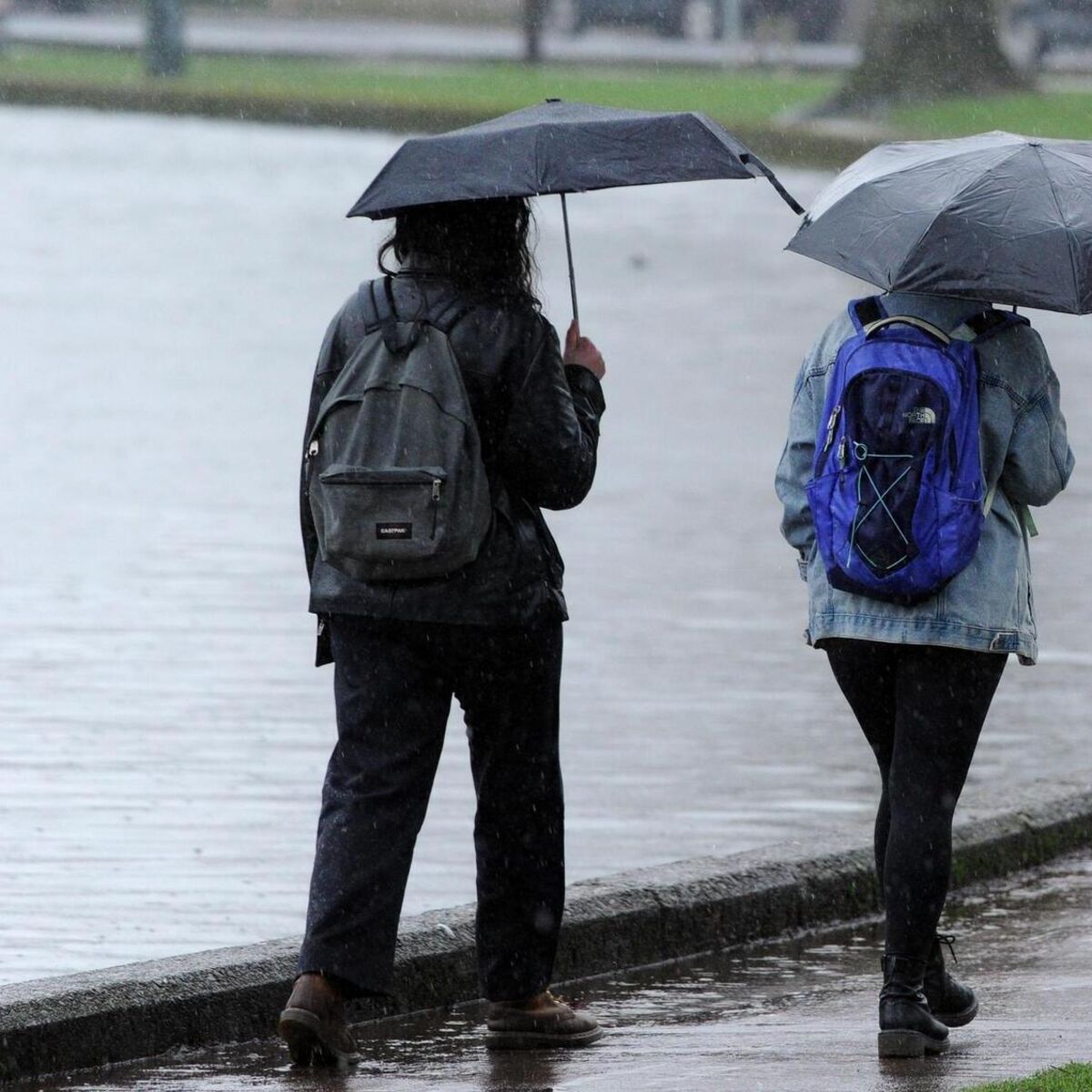By Julian Ryall
Copyright scmp

A massive sinkhole that swallowed a truck in a city just north of Tokyo earlier this year has triggered a sweeping government investigation into Japan’s ageing sewer network, uncovering 72km of pipes in “critical condition” and raising alarm over a broader crisis of neglected infrastructure.
The Ministry of Land, Infrastructure, Transport and Tourism ordered the investigation after the deadly accident in the city of Yashio, in Saitama prefecture, on January 28. Security cameras caught the moment a huge sinkhole opened in the middle of a busy intersection, swallowing roadway, pylons and a passing delivery truck.
The disaster gripped the nation over the following days, during which the sinkhole widened to 40 metres in diameter and rescuers frantically attempted to reach the missing vehicle and its driver. After one week, the rescue effort shifted to a recovery mission, although it was not until May 2 that the body of the 74-year-old driver was finally recovered.
The investigation’s findings were announced on Wednesday during a meeting of experts tasked with devising measures to stop similar accidents in the future, although an analyst has told This Week in Asia that the scale of the task is daunting as the nation’s critical infrastructure has been overlooked for too long.
“This is a topic of national importance because these pipes inevitably have an operational lifetime – for some it may be 50 years, others may last 70 years – but with so many reaching the end of that life cycle around the same time, we have to be concerned about more incidents like the one we saw in Saitama,” said Hiroo Ichikawa, a professor emeritus of urban planning and policy at Meiji University.
“It is going to be impossible to repair or replace 300km of pipes in cities around Japan in a short space of time, largely because of the immense cost, so that means we will inevitably see more sinkholes and, possibly, more people being injured or killed,” he said.
Ichikawa suggested that some local governments had failed to carry out the required maintenance of critical infrastructure, primarily due to the cost.
“Yes, making sure pipes and other infrastructure are safe is of course going to be expensive, but it is very important that the work is done or there will be accidents,” he said.
Ichikawa also urged local governments and operators of infrastructure to take added precautions against accidents, particularly bridges, port facilities, airports and other infrastructure liable to sustain damage in a natural disaster.
Accidents were not always the result of the elements, Ichikawa said, noting a December 2012 incident where nine people were killed when concrete lining panels fell from the roof of the Sasago road tunnel, about 80km west of Tokyo, and landed on cars.
The private company that operates the highway said the 4.3km tunnel had been inspected two months previously and declared to be safe. The disaster triggered nationwide inspections of tunnels for faults in their construction.
Investigators looking into the Yashio sewage pipe accident were able to confirm that the pipe rupturing beneath the road had caused the sinkhole. Installed in 1983, the concrete pipe was 4.7 metres wide but had corroded at a bend caused by a build-up of hydrogen sulphide.
The gas reacted with air to create sulphuric acid, causing the concrete to corrode and collapse when the weight of the earth and roadway above became too much.
The accident disrupted traffic for months and affected waste water services for about 1.2 million local residents, with people asked to limit water usage. Local authorities have warned it may take up to two years to completely replace the damaged stretch of pipe.
In the aftermath of the incident, the government ordered comprehensive checks of more than 5,000km of sewer pipes that were more than 30 years old. Abnormalities – including corrosion, ruptures and leaks – were found to have affected nearly 300km of pipes in 36 prefectures, with 72km identified as being particularly at risk.
The government has ordered that the most at-risk stretches of underground pipes be replaced within one year.



